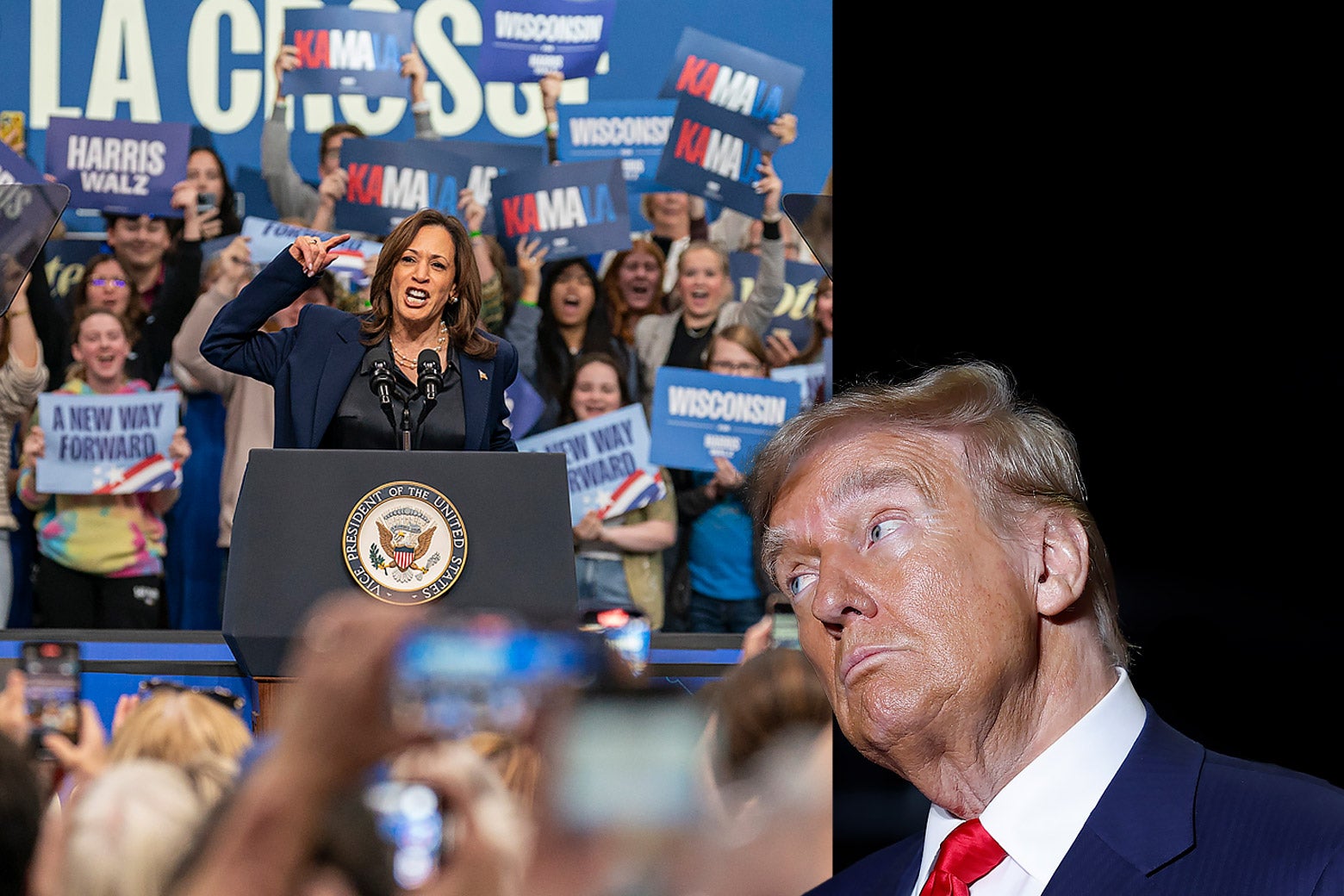Politics
Trump’s Campaign Lacks Funds, Risking Election Chances.

Trump Faces Financial Struggles: A Tactic That Might Cost Him the 2024 Election
As the 2024 election approaches, Donald Trump is grappling with a significant cash shortage—a dilemma that has persisted since Joe Biden exited the race in July. The former president is leaning heavily on wealthy donors to fill this financial gap, but his strategy could spell trouble for his campaign.
Trump has chosen to delegate key campaign responsibilities to super PACs, which are funding door-to-door canvassing efforts that his campaign can’t afford. This approach notably contrasts with Kamala Harris’ robust grassroots organization, highlighting a critical weakness in Trump’s reliance on affluent backers. Despite the Supreme Court’s ruling allowing vast sums of money from billionaires and corporations to flood the political landscape, this funding doesn’t equate to the grassroots momentum that Harris can amass from regular small-dollar donations.
Since Harris entered the race, her fundraising prowess has overshadowed Trump’s efforts. In the latest quarter, her campaign and associated groups accrued nearly $1 billion, while Trump’s fundraising efforts fell short at around $417 million. The stark difference in contributions is alarming: Harris outpaced Trump by a 3-to-1 ratio in September alone, significantly boosting her war chest as October rolls in.
Much of Harris’ fundraising comes directly from grassroots support, effectively leveraging smaller contributions capped at $3,300. Additionally, her campaign utilizes joint fundraising committees that attract larger sums due to their collaboration with national and state organizations. This hybrid model allows her campaign to draw in substantial amounts from affluent donors while still benefiting from a sizable base of smaller contributions. On the other hand, Trump’s grassroots appeal appears to have diminished sharply this election cycle, complicating his efforts on the campaign trail.
Feeling the pressure, Trump is spending more time on fundraisers as election day nears, attempting to offset his cash deficiency with contributions from a select group of billionaires. However, the reality is stark: these wealthy donors can’t directly inject sufficient funds into his campaign. Instead, they channel their money through super PACs—unlimited expenditure committees—thanks to the 2010 Supreme Court decision in Citizens United v. FEC, which deregulated independent corporate spending in elections.
The decision, while framed as a protection of free speech, has resulted in a convoluted relationship between candidates and super PACs. Recently, the Federal Election Commission has loosened its rules, allowing super PACs to coordinate with campaigns for voter outreach. Trump’s team has exploited this loophole, outsourcing canvassing efforts to groups like Musk’s America PAC, where substantial funds—like Musk’s own $75 million injection—are mobilized to boost turnout. Unfortunately, reports suggest these operations are not meeting their targets.
Traditional campaign methods depend on a network of paid staff and enthusiastic volunteers using detailed voter information. Conversely, the approach employed by Trump’s partnered super PACs involves paying canvassers hourly, which has resulted in abysmal performance in key battleground states. Additionally, technological hiccups from Musk’s app mean that canvassers struggle with connectivity in areas populated by Trump supporters, leading to unfulfilled outreach goals.
This whole scenario sounds eerily familiar, paralleling the ill-fated campaign of Florida Governor Ron DeSantis, whose primary campaign suffered due to similar outsourcing issues. As the election draws nearer, Trump’s campaign appears to be caught in a quagmire reminiscent of a past failure—compounding woes from insufficient resources and structural weaknesses in a reliance on outside funding.
In stark contrast, Harris’ campaign seems poised for success, actively engaging with citizens through a massive network of volunteers. Reports indicate that her campaign mobilized an unprecedented 1.6 million door knocks and 20 million phone calls in just one week. With more than 350 offices and thousands of staff members on the ground, Harris’ strategy has fairly comprehensive outreach tactics, setting her up for a potential advantage in the election.
The success of either candidate may hinge not simply on finances but on the depth of voter engagement. Insights from campaign experts suggest that swing states could be determined by the candidate that secures more committed voters through personal outreach.
What is evidently clear is that not all campaign funds have the same value. While Harris is cultivating genuine enthusiasm from her supporters, Trump’s dependence on mega-donors may hinder his effectiveness. Failure at the polls in November would indicate that even the legacy of Citizens United has limitations in the face of authentic grassroots mobilization.
